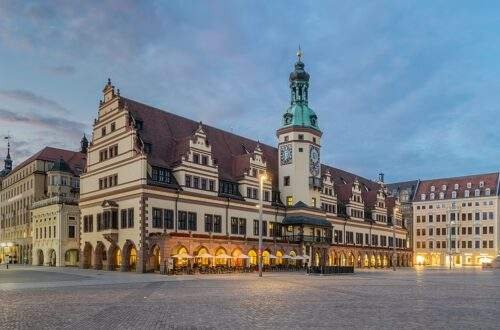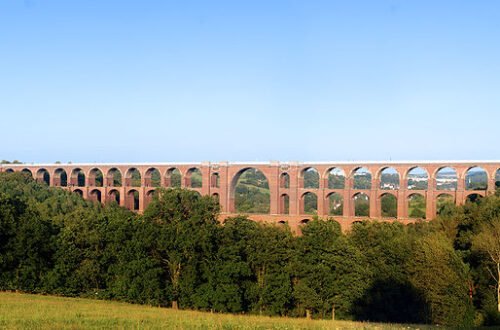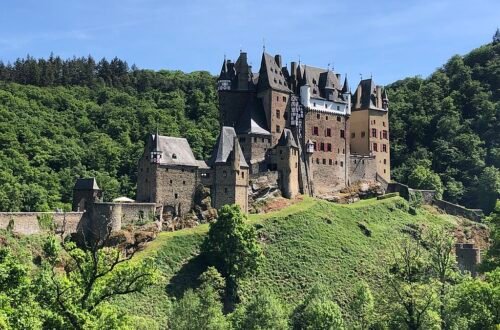
15 Best Things to See in Stuttgart (Germany)
The state of Baden’s capital, Württemberg’s Stuttgart, is located in the Neckar Valley, which is covered in vines. The city served as the home of the Counts and then the Kings of Württemberg for hundreds of years up to the 19th century, and they left behind royal palaces that are now used as government structures and museums. In Stuttgart, Karl Benz and Gottlieb Daimler both developed the first automobile and motorcycle, making it a city of automotive royalty. Stuttgart is home to both Mercedes-Benz and Porsche’s corporate offices, and both brands’ chic new museums should not be missed. An Art Nouveau market hall, a Le Corbusier home, and a cutting-edge modern library round out Stuttgart’s eye-catching architectural offerings. Let’s examine the top activities in Stuttgart:
- Staatsgalerie
- Mercedes-Benz Museum
- Porsche Museum
- Solitude Palace
- Königstraße
- Killesbergturm
- Killesbergpark
- Württemberg Mausoleum
- Schlossplatz
- Weissenhofmuseum
- Kunstmuseum Stuttgart
- Stiftskirche
- Weissenhof Estate
- Wilhelma Zoological-Botanical Garden
- Linden Museum
Staatsgalerie
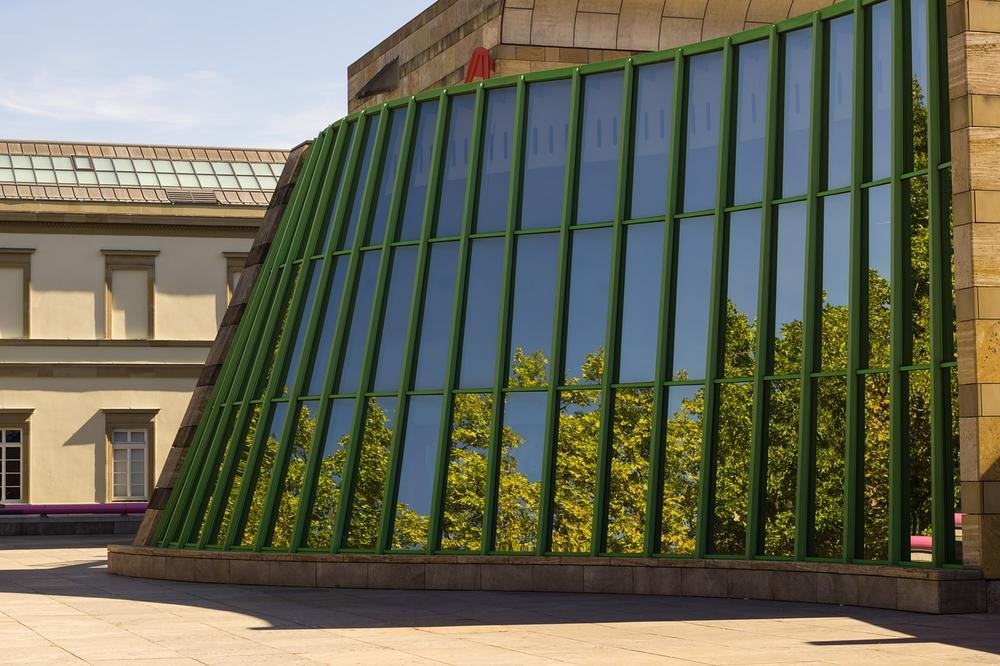
This outstanding art gallery was founded in 1843 and is still housed in a portion of its original Neoclassical structure. With an ambitious Post-Modern addition in the 1980s, architect James Stirling helped the museum gain more recognition. The more recent extension houses works by Matisse, Picasso, Salvador Dal, Franz Marc, Piet Mondrian, and Joan Miró from the 20th century. The original structure is full of artwork from the Renaissance and Baroque periods, particularly the works of masters like Rubens, Rembrandt, and Hans Memling, up until the 1800s. Keep in mind Annibale Carracci’s Corpse of Christ and Jerg Ratgeb’s 16th-century Herrenberger Altar as two notable works.
Mercedes-Benz Museum
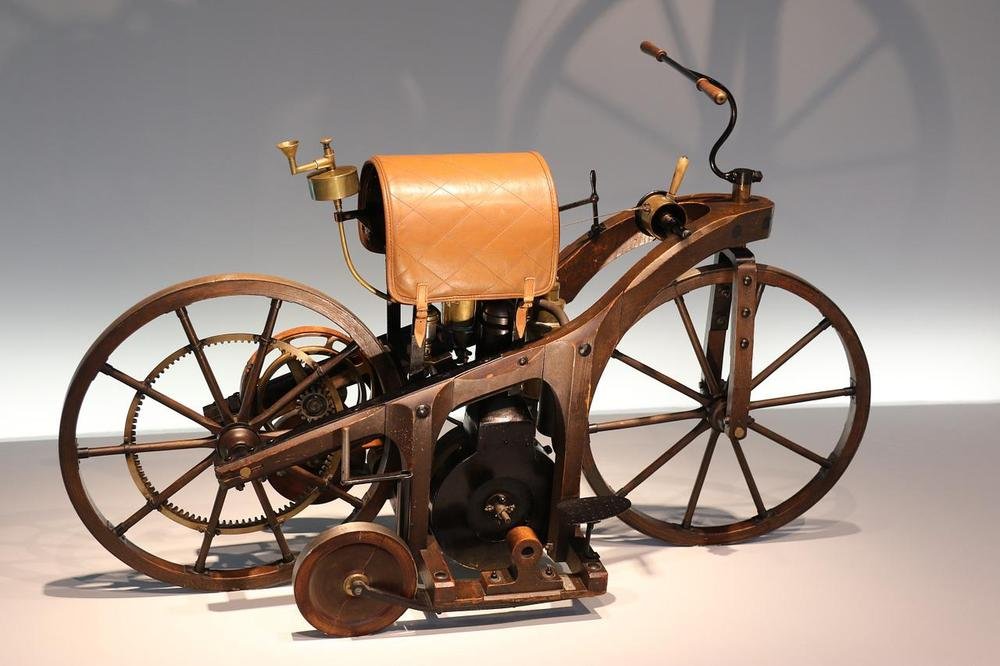
Visiting the Mercedes-Benz Museum, housed in a double-helix, curved metal structure, is like taking a trip back in time to the invention of the vehicle. In 1886, Karl Benz created what is regarded as the first real automobile. The double helix design enables two concurrent audio-guided tours, one exploring the illustrious past of the company and the other showcasing the enormous variety of automobiles produced by Mercedes-Benz. You can switch from one tour to the other at any time because of the double helix architecture. When you reach the present and assess the company’s 21st-century advances, the two paths merge. There are 160 automobiles and at least 1,500 exhibits in all.
Porsche Museum
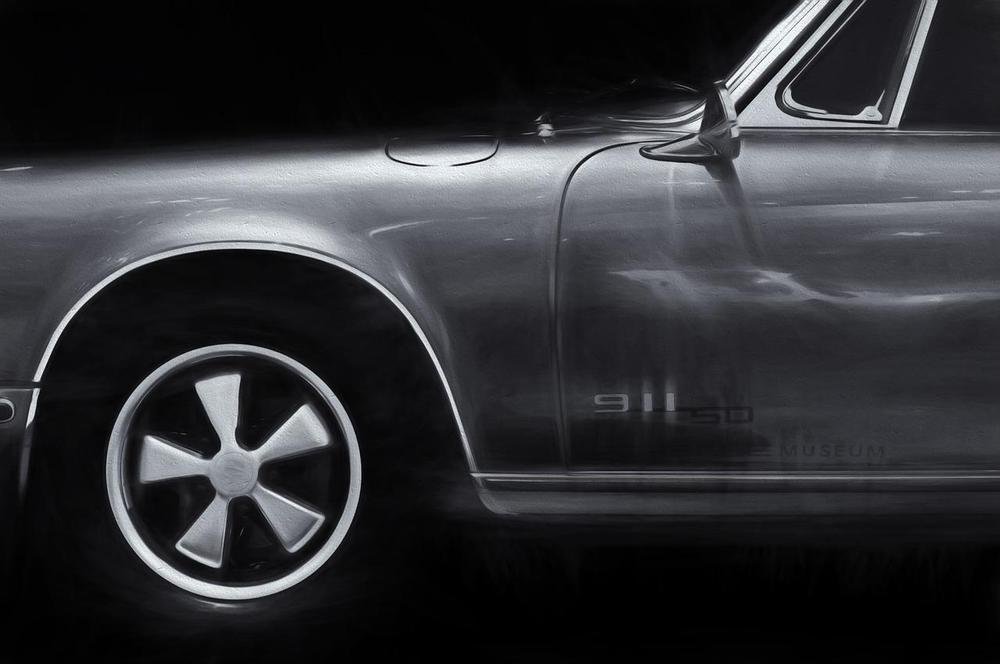
The headquarters of another well-known automaker are located at Zuffenhausen, a short distance from Stuttgart. The Porsche Museum first opened in the 1970s, but ten years later it underwent a sleek refurbishment and reopened in 2009. The museum explores the company’s beginnings and details the numerous inventions of its founder and chief engineer, Professor Ferdinand Porsche, who created the VW Beetle and the first gasoline-electric hybrid. There are multi-sensory interactive displays, such as a “touch wall” and a brand-new sound installation that you may control. A collection of 80 automobiles, including timeless classics like the 356, 911, and 917, is present in the museum. It’s wonderful that almost all of them are carried across the world for historic races and are in operable condition; you can even take a look inside the workshop where they are maintained.
Solitude Palace

A home and hunting retreat built by the 18th-century Duke of Württemberg, Charles Eugene, are perched on a ridge to the west of Stuttgart. The duke directed practically every aspect of the design for Solitude Palace, a tranquil retreat from court life that is comparable to Berlin’s Sanssouci in Stuttgart. From the top of this slope, you can see for miles, and at the northern gate, you can see the arrow-straight Solitudeallee stretch to the royal palace in Ludwigsburg, which is 13 kilometres away. The Rococo and Neoclassical design of the palace is enhanced by the magnificent ceiling frescoes painted by Nicolas Guibal, a French artist. The Weisse Saal (White Hall), located beneath the impressive central dome of the palace, is the nicest part.
Königstraße
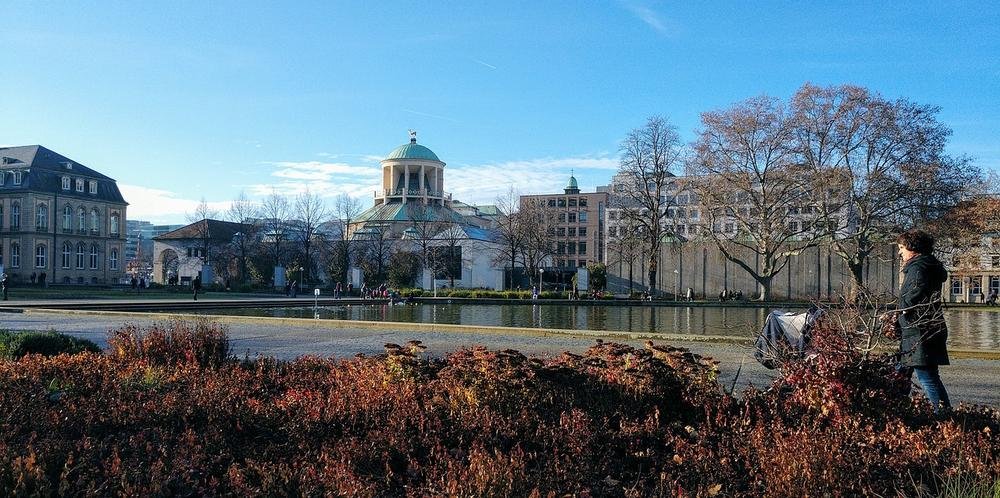
Visit the 1.2-kilometer street that runs diagonally across Stuttgart-Mitte to do some serious shopping. Since 1977, Königstraße has been a pedestrianised route. In 2014, it had 12,795 visitors per hour, ranking it as Germany’s third-busiest shopping street. There are all the familiar names available, and nine out of ten of the shops on the street are chains (Uniqlo, Zara, H&M). The residents of Stuttgart have long maintained a high regard for Königstraße, where former members of the Württemberg court previously resided. King Friedrich laid out its current path when he moved the Eberhardskirche and his stables from Solitude Palace to this street at the beginning of the 19th century.
Killesbergturm
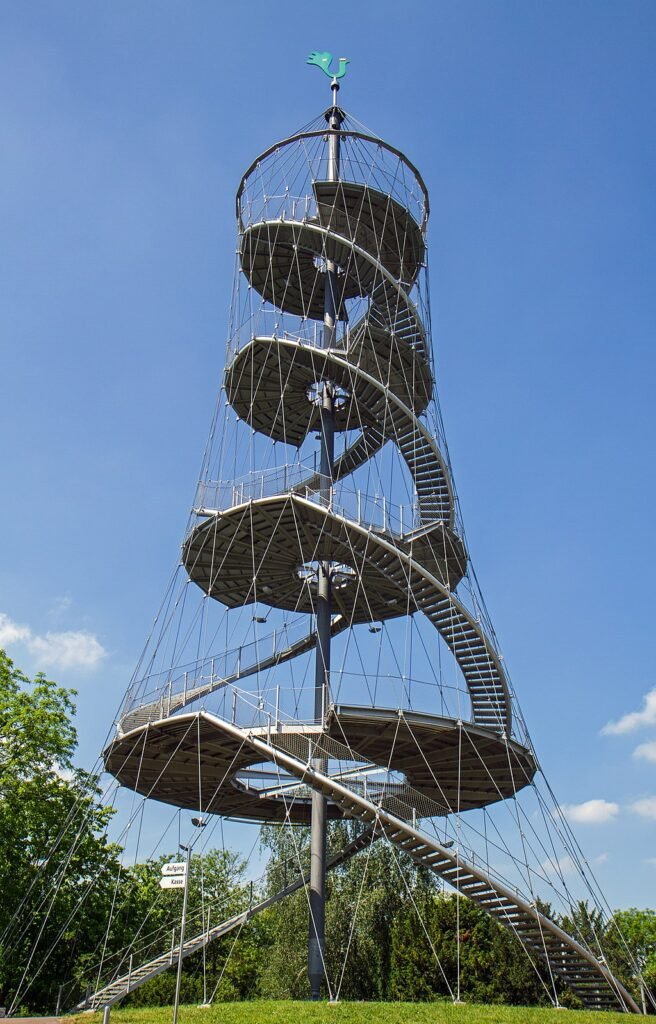
The 40-meter cable-stayed tower, built by structural engineer Jörg Schlaich, is what people will remember the Killesbergturm for the most. The prestigious, cone-shaped building debuted in 2000. Four platforms at 8, 16, 24, and 31 metres are reached by two sets of stairs that are arranged in a double helix. When combined with the high ground, it leaves you with an exceptional, expansive perspective of the city and Neckar Valley. The tower is secure, but you’ll notice it swaying in the wind when the wind blows, which can be unsettling if you’re afraid of heights.
Killesbergpark
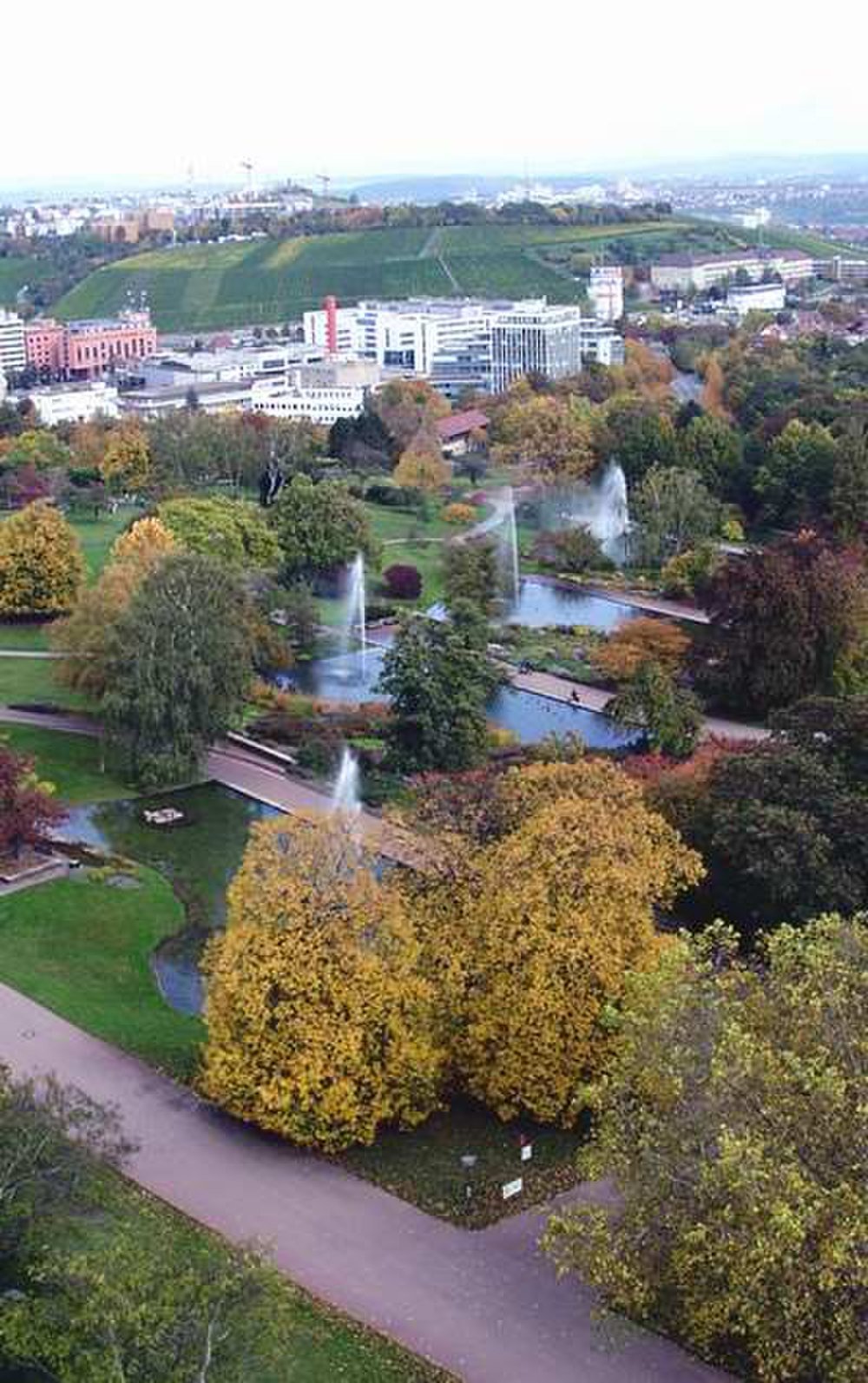
The 50-acre Killesbergark, in a former quarry on high terrain in a northern Stuttgart neighbourhood, was landscaped for a horticultural show in 1939. The park still hosts gardening-related activities 80 years later, and the 200 dahlia types and Tal der Rosen (“Valley of Roses”) are both marvels in the summer. The park has a variety of public artwork that adds both fun and refinement. We’ll move on to the Killesbergturm, which is the most striking. Children can feed the donkeys, horses, and goats at the farm, and during the summer, they can ride the narrow-gauge steam railway and a diesel-powered tram.
Württemberg Mausoleum
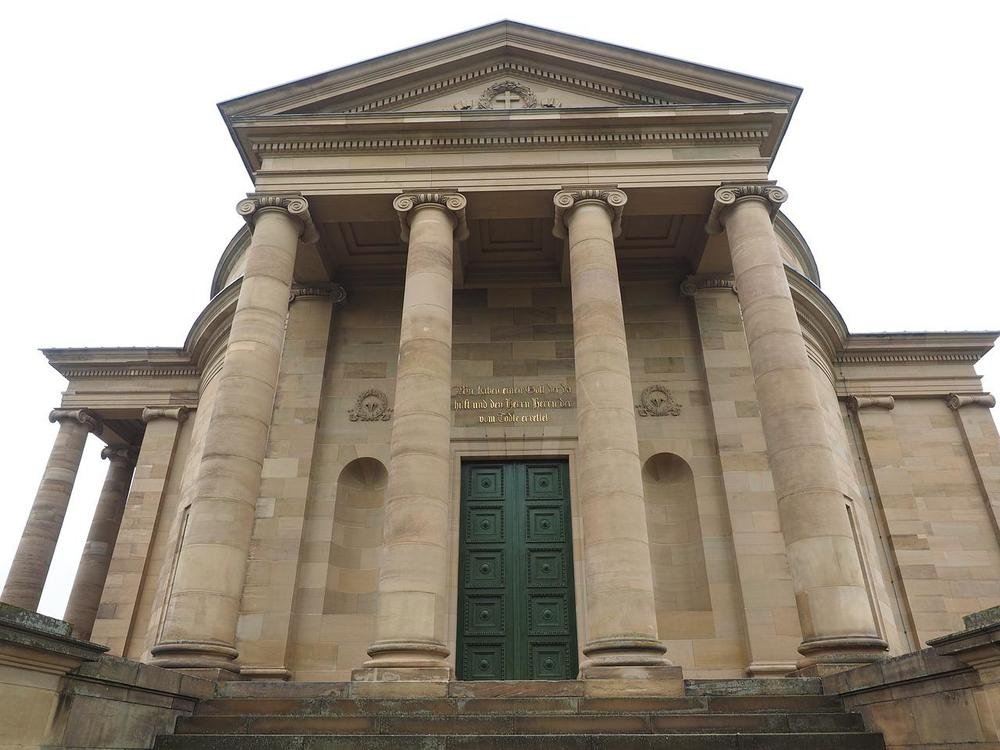
A sombre royal memorial stands atop rows of vines overlooking the Neckar Valley in Untertürkheim, east of Stuttgart, where you may travel by bus or S-Bahn. In the wake of the passing of his Russian-born wife, Catherine Pavlovna, William I constructed the Württemberg Mausoleum at the beginning of the 1820s. The graves of Catherine, William, and their daughter Marie Friederike Charlotte von Württemberg are located at the memorial, which was designed in the Palladian style. The chapel offers picturesque views of Stuttgart and is open to the public throughout the summer. “Love never ends,” is written over the western entrance in the German phrase “Die Liebe höret nimmer auf.” The crypt contains the family tombs, and the area beneath the dome creates a menacing echo.
Schlossplatz
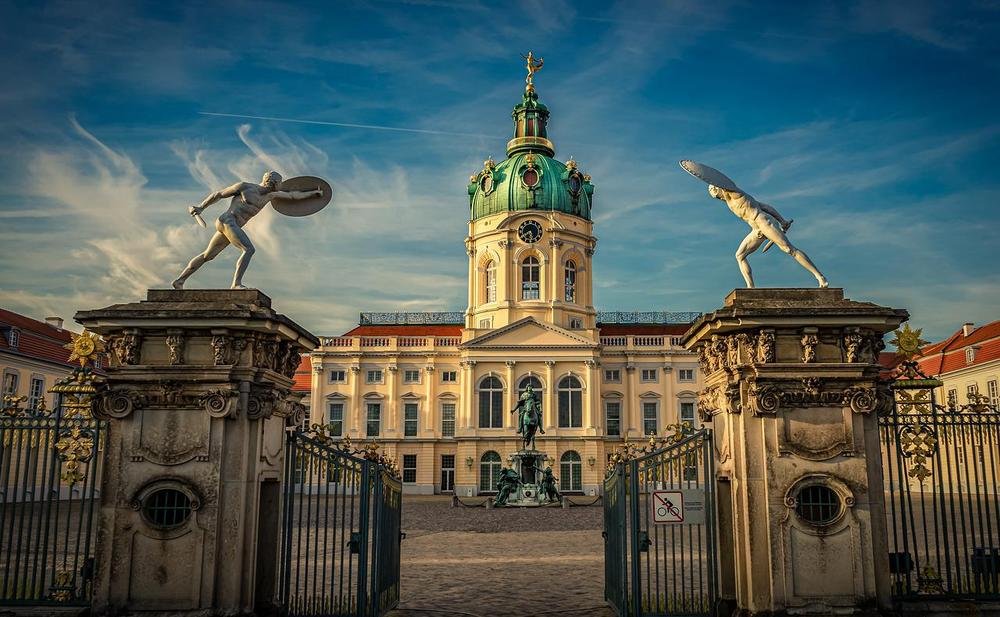
This square, located in the centre of Stuttgart, exudes authority and solemnity. A large portion of that originates from the Neues Schloss’s facade, which served as both the state capital of Baden-Württemberg and the seat of the kings of Württemberg. Previously used as a private pleasure garden and parade field, the area in front is now used by residents of Stuttgart to congregate for outdoor concerts or special occasions. A formal garden with fountains and a huge William I column is just a few yards away. The state museum’s Gothic Old Palace for the Counts of Württemberg is on the south side, and the Kunstgebäude’s iconic cupola, which was constructed in the 1910s for the Württemberg Art Association, is on the north.
Weissenhofmuseum
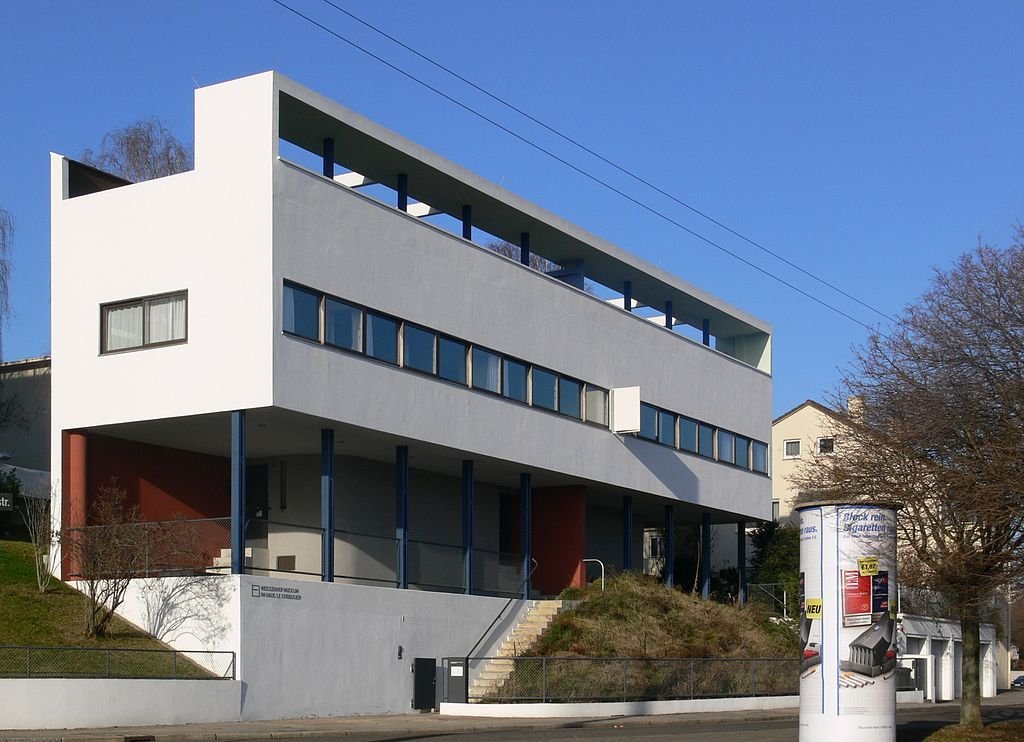
This pair of semi-detached residences, which served as Le Corbusier’s buildings and served as a showcase for his international style, is now a museum. They exhibit the technical possibilities afforded by materials like steel, concrete, and glass to maximise airflow and the quantity of natural light inside, and they feature his signature clean lines. A museum about the Weissenhof Estate is housed in one of the semi-detached homes and has a wealth of fascinating information, including blueprints, models, and current photographs of the destroyed structures. Le Corbusier’s “Five Points” have been adhered to in the other house, which contains stowaway beds, sliding doors, and a roof terrace, as he had envisioned.
Kunstmuseum Stuttgart
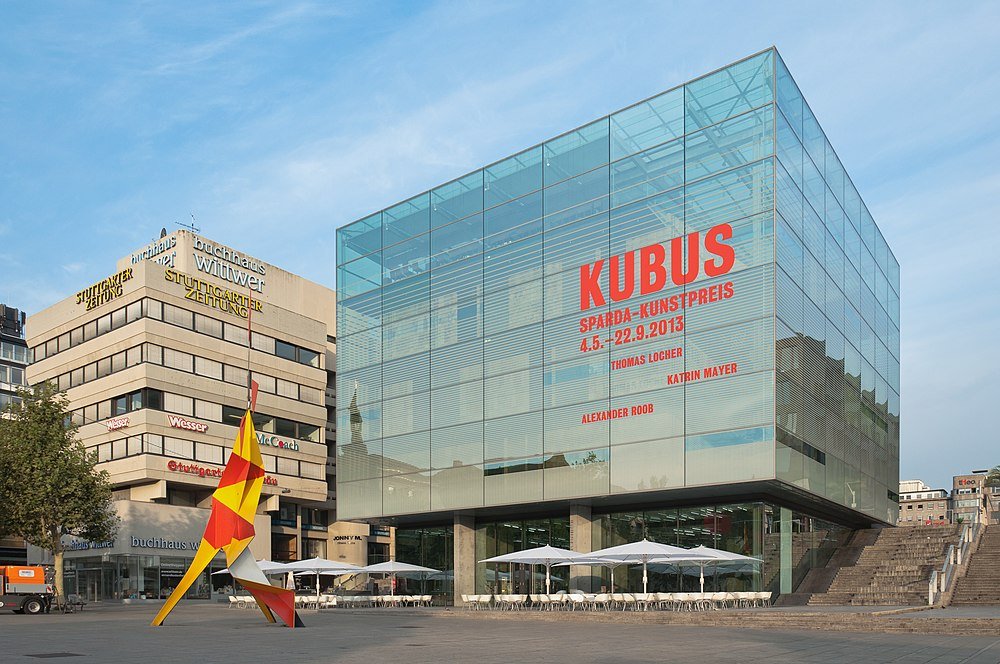
A contemporary landmark is located on the southwest corner of Schlossplatz. Depending on the time of day you are passing by, the Kunstmuseum’s facade varies. It is a big, reflective glass cube by day. However, the limestone walls behind the glass may be seen at night when the inside is illuminated. The interior galleries’ design is especially intriguing since it makes clever and discreet use of a 5,000 square metre network of abandoned tunnels. The museum, which features artwork from the 19th and 20th centuries from Swabia, Germany, and Switzerland, was established in 1924 thanks to a grant from Count Silvio Della Valle di Casanova. Look for the creations of the concrete artist Dieter Roth and the realist and early modernist Adolf Hölzel. However, Otto Dix steals the show with his 1925 painting, Portrait of the Dancer Anita Berber.
Stiftskirche
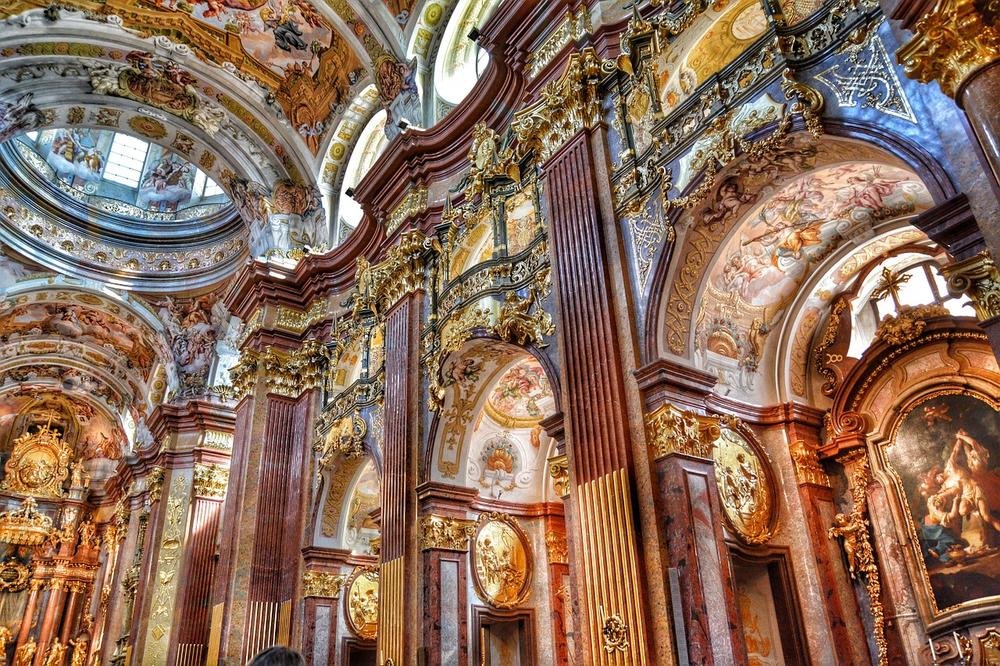
A church built considerably earlier, in the 900s, has a similar layout to the collegiate church in the Innenstadt. The existing building’s oldest structure dates to the 13th century and is built in the Romanesque style. Later additions were made in the Early Gothic (nave) and then High Gothic styles (choir). Count Ulrich I, who lived nearby at the Old Castle in the 13th century, was responsible for constructing the current church. He and his wife Agnes von Schlesien-Monuments Liegnitz’s are located in the chapel of the south tower. Every count of Württemberg was laid to rest in the chancel, beginning with Ulrich I and continuing through 1677. All 11 of the counts are commemorated on the north wall with a row of statues that were all created in 1574 during the Renaissance.
Weissenhof Estate
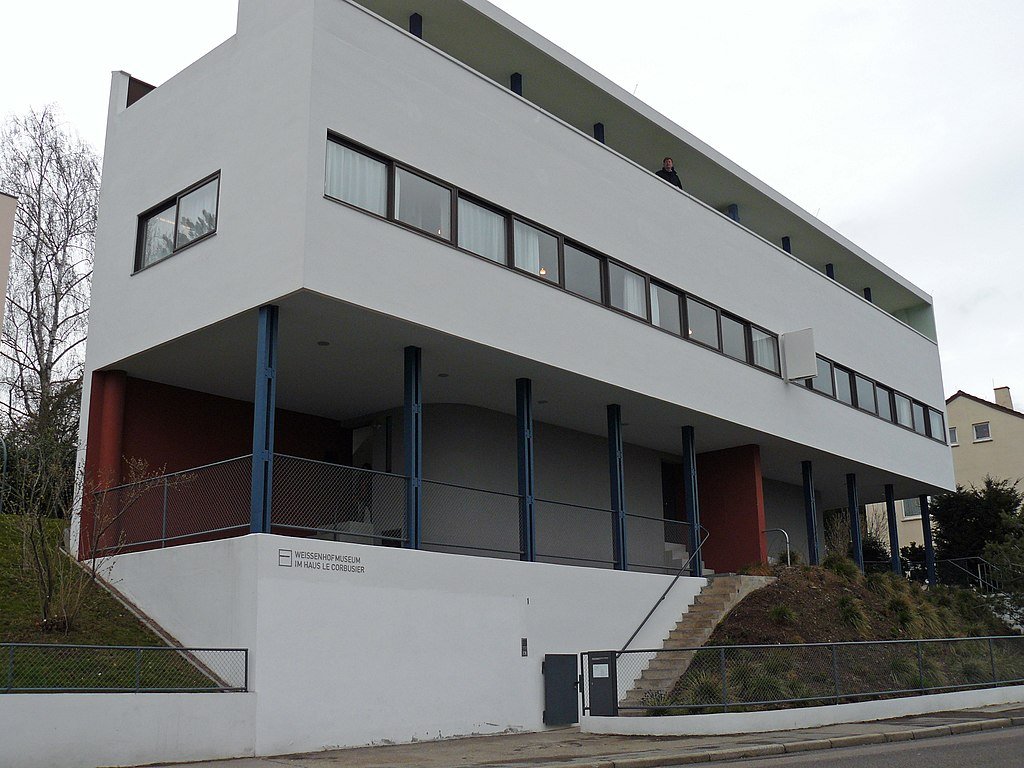
Leading architects from throughout the world were commissioned to create 21 buildings for the Deutscher Werkbund exhibition in 1927. (German Association of Craftsmen). The estate, which consists of the 11 remaining structures, was designed by Ludwig Mies van der Rohe, and it is now a UNESCO World Heritage Site. Sadly, the war destroyed the remaining 10 buildings, including designs by Walter Gropius and Hans Poelzig, but what was left is an unparalleled record of avant-garde architecture. Le Corbusier, Ludwig Mies van der Rohe, Peter Behrens, and Jacobus Oud all had buildings in the same location.
Wilhelma Zoological-Botanical Garden
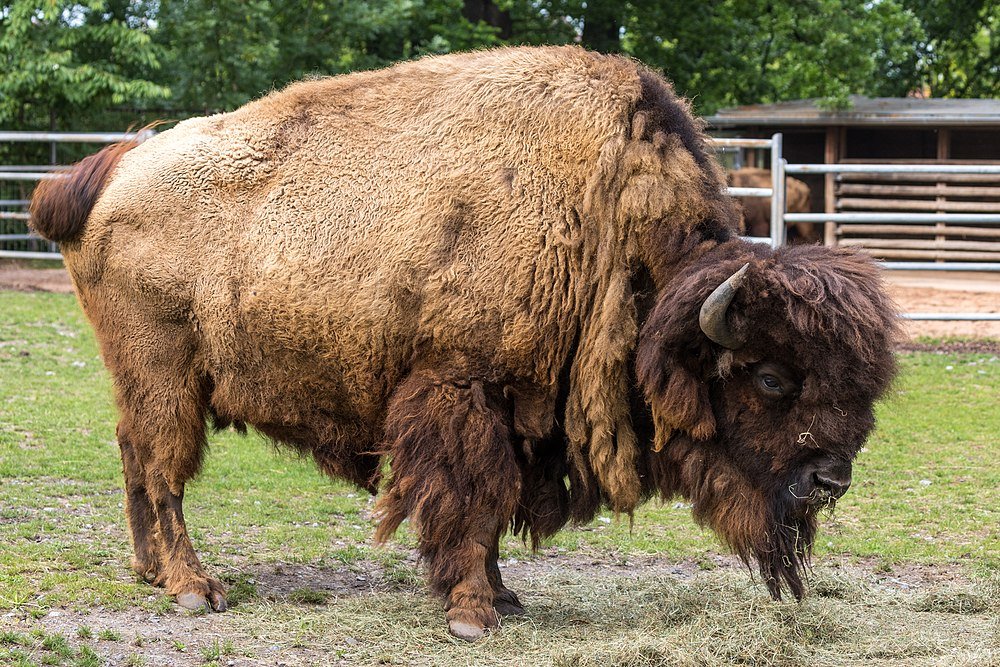
This beloved zoo and botanical garden are located on the grounds of a royal palace in Stuttgart’s north. When he created the Wilhelma as a pleasure park, William chose a Moorish Revival design for the royal baths, a scaled-down replica of the Alhambra in Granada. The park was constructed as a zoo after being damaged during the war and opened to the public in 1880. Only the Berlin Zoo has more species than the zoo, which has more than 1,000. The numerous large apes, including chimpanzees, gorillas, and orangutans, are attracting the most interest. The humid Amazon House is especially unique since it supports 2,000 plant species in addition to habitats for fish, reptiles, and other animals. Then there is the botanical garden, which is home to the largest magnolia forest in all of Europe, thousands of different types of orchids, and several camellia and azalea variants.
Linden Museum
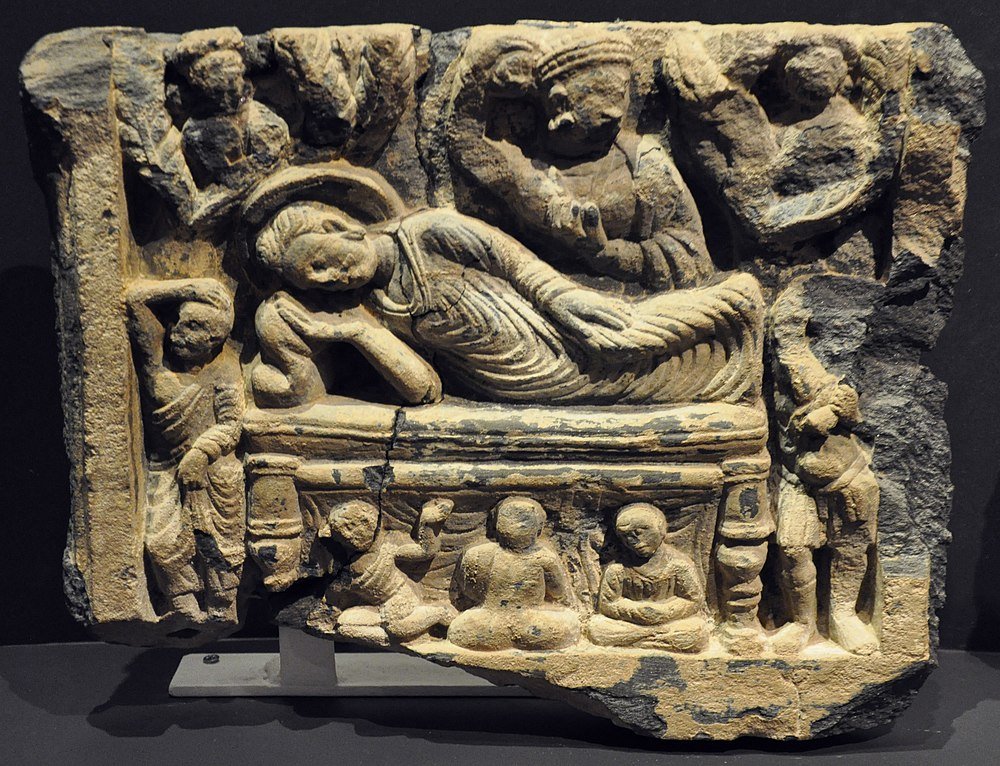
Many people think that the ethnological museum in Stuttgart is the best in all of Europe. The artefacts collected from North and Latin America, Oceania, Africa, the Far East, and the Far East are like a voyage around the world contained within one building. The pieces span hundreds of years and include Indian sculptures going back to the 700s, a 19th-century Native American transformation mask and 800-year old sculptures from Japan’s Kamakura Dynasty. The museum’s current mission is to highlight the beauty of various cultures, spark conversation, and advance understanding. The collection has been gathered through time since the 1800s.


